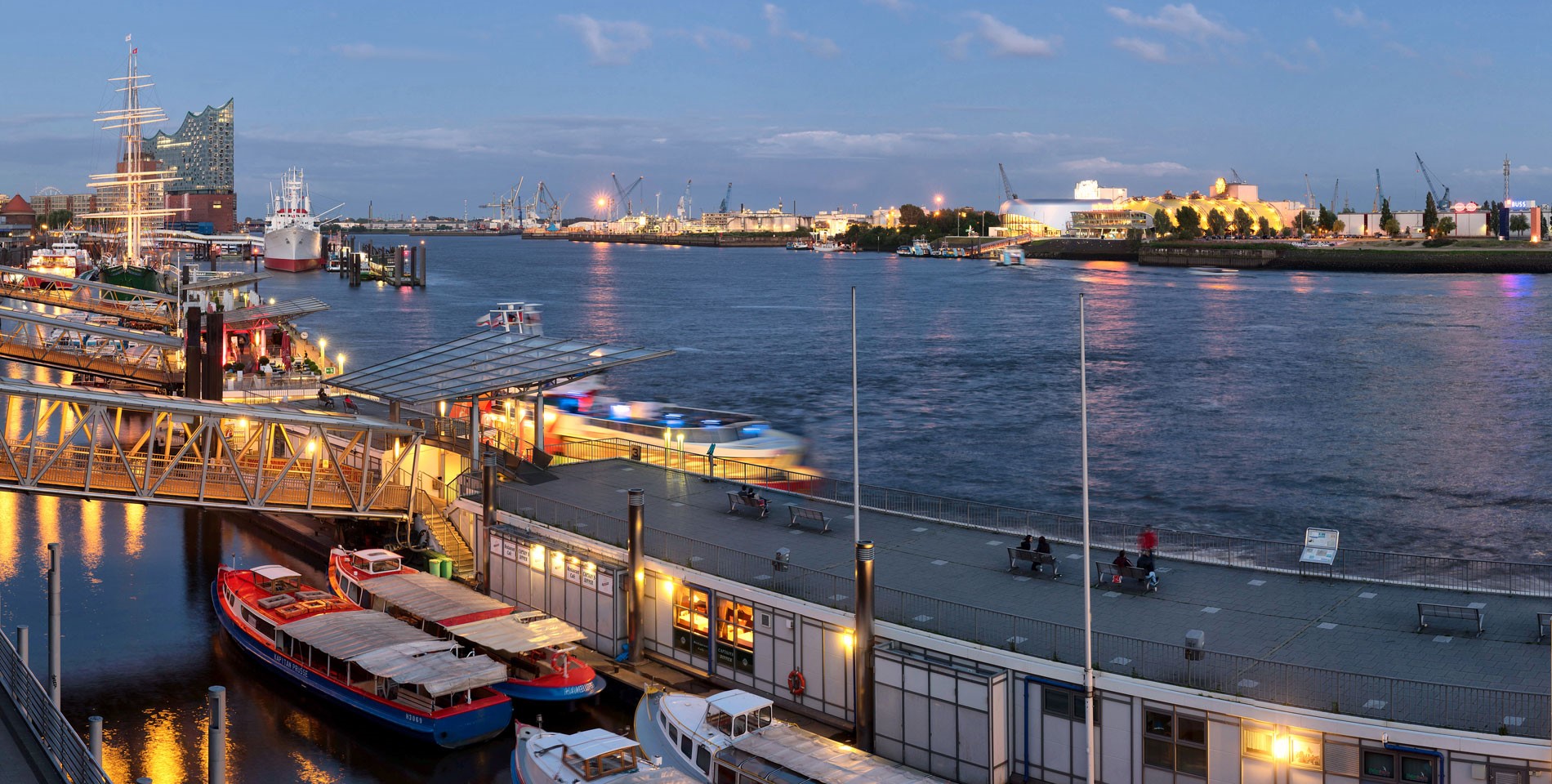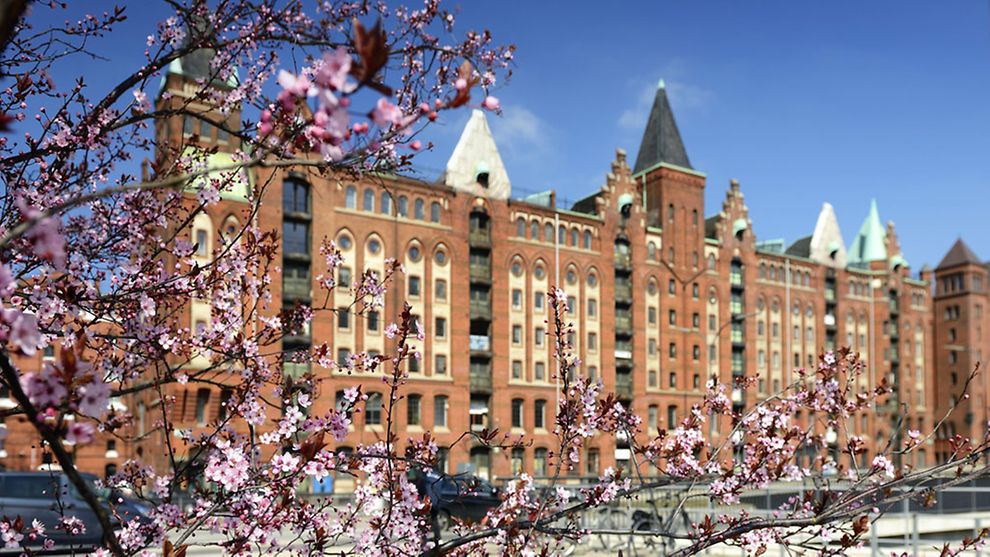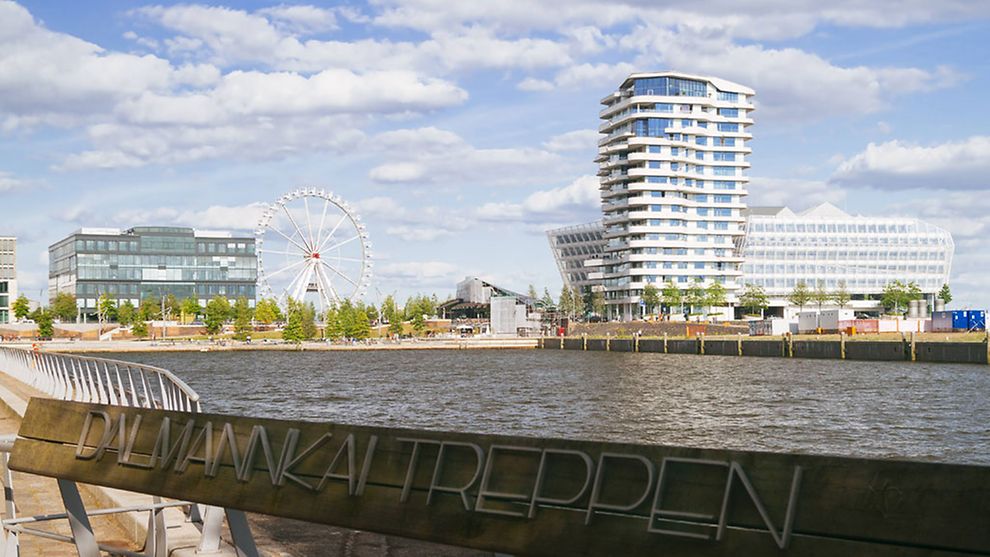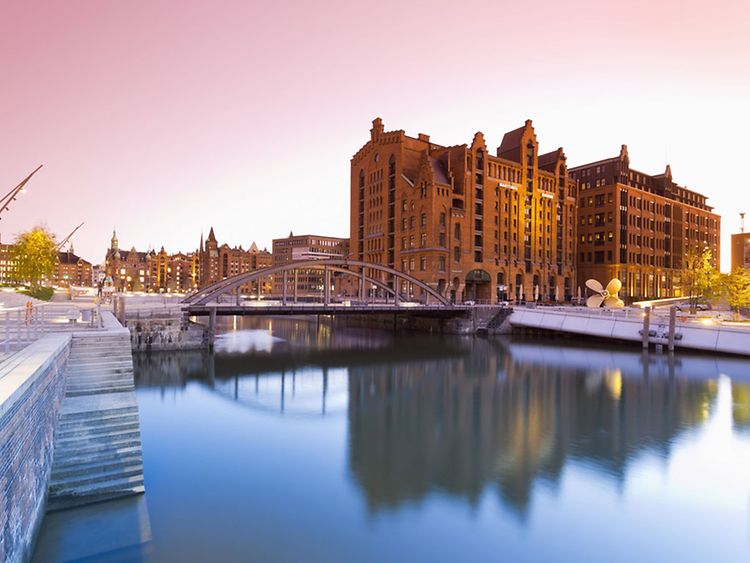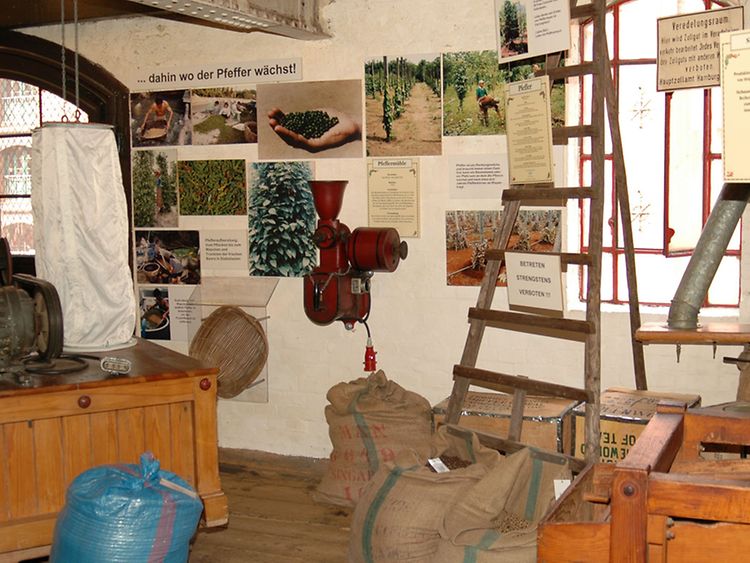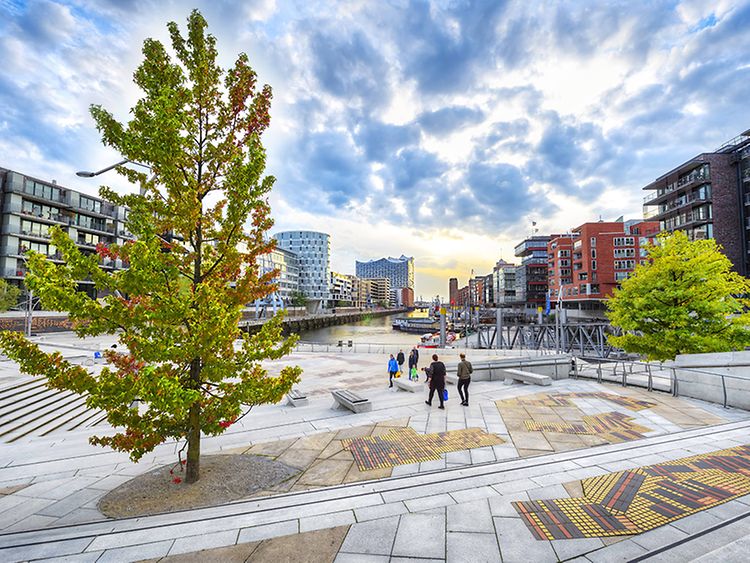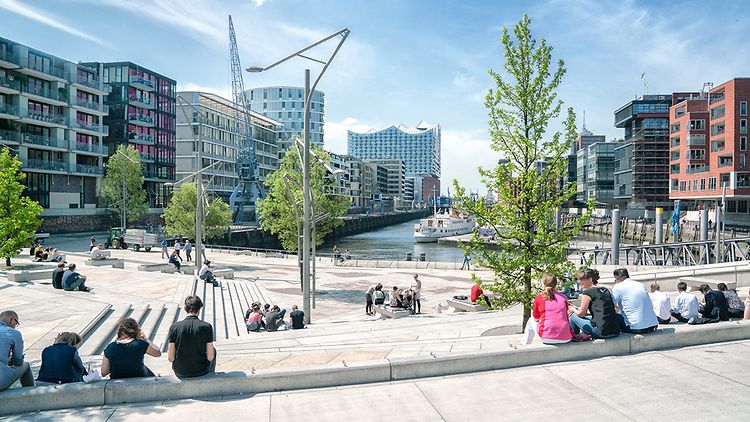Speicherstadt (lit. 'warehouse city') is the world's largest complex of warehouses, spanning an area of 260,000 square metres. It was built into the Elbe river between 1883 and the late 1920s on thousands of oak poles as a free economic zone in Hamburg's port. Speicherstadt's beautiful neo-gothic brick architecture makes for an exciting contrast to the modern steel-and-glass constructions of neighbouring HafenCity.
As of 2015, Speicherstadt (along with Kontorhausviertel and Chilehaus) proudly bears the honour of being Germany’s 40th UNESCO World Heritage Site. According to the Committee, Speicherstadt — with its unique buildings and winding network of streets, canals and bridges — is an 'extraordinary example of representing one or more eras of human history'.
Speicherstadt throughout history
In 1871, the Free and Hanseatic City of Hamburg became part of the German Empire, yet was able to maintain its own tax and customs regulations for a time. This privilege remained in place until 1881, when a new customs union was installed. From this point on, only the free port area along the Elbe river was exempt from import sales taxes and customs. The final annexation of Hamburg by the German Empire was scheduled for 1888, giving the city seven years to create new storage capacities inside the free port area. Before the construction of the warehouses could begin in 1883, around 24,000 people had to be evicted and around 1,100 houses torn down.
In 1888, Emperor Wilhelm II inaugurated Speicherstadt on Emperor’s Day, 29 October, although only the first building phase had been completed. Interrupted by World War I, Speicherstadt construction was finished only in 1927. During World War II, Operation Gomorrha destroyed the western part of Speicherstadt. Reconstructions were finalized in 1967. And on 1 January 2013, an era came to a close when the free economic zone of Speicherstadt, which covered almost a fifth of Hamburg’s entire port area, was dissolved.
Sightseeing in Speicherstadt
Today, Speicherstadt is host to an array of leisure activities. Miniatur Wunderland, an enormous model railway system, is immensely popular with all age groups, while Hamburg Dungeon offers brave visitors a spooky trip through Hamburg’s history. The Deutsches Zollmuseum (lit. 'German Customs Museum') tells the story of customs and smuggling, while the Internationales Maritimes Museum Hamburg offers thousands of model ships and maps for visitors to pour over. Automuseum Prototyp boasts rare prototypes from 70 years of automobile history, and Kaffeerösterei is all about coffee. This former coffee warehouse turned café offers coffee tastings and freshly-roasted beans from all over the world. For more information about the museums of the Speicherstadt, including tickets, visit Hamburg Tourism.
There's plenty to see outside the old warehouses too. In the long canals between the former storage buildings, you can catch smaller ships making their way through the area. At its opening in 1866, Sandtorkai was the first modern dock in the city, where ships could be loaded and unloaded directly from the pier. Today, Sandtorkai is home to the Traditionsschiffhafen (lit. 'traditional ship harbour'), where you'll find up to 20 different historical ships.
One of the most popular photo ops in Speicherstadt is the Wasserschloss (lit. 'water castle') at the end of Holländischer Birdge, which was constructed between 1905 and 1907. Back then, it was the only part in the warehouse district that could be used as residential property. This rule was designed to prevent contraband trade in the port area.
Thanks to its picturesque look and central location, Café Fleetschlösschen, a former customs booth on Brooktorkai, has also become a favourite among photographers. Another Speicherstadt building that has garnered some fame is the river police station on Kehrwiederspitze. Constructed in 1902, it now serves as the filming location for national TV station ZDF’s Notruf Hafenkante.
Last but not least there is the eye-catching Speicherstadtrathaus (lit. 'warehouse district town hall'), the headquarters of HHLA transport and logistics. The beautiful office building was designed by Johannes Grotjan and Hanßen&Meerwein, who have also contributed greatly to the construction of Hamburg City Hall.
For more information on Hamburg's Speicherstadt, click here.
